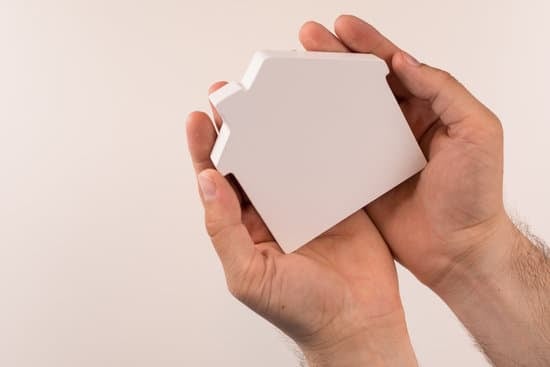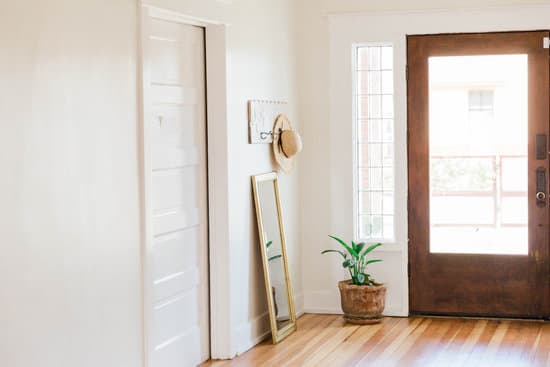Origins of Chinese Drywall
Between 2001 and 2009, the United States experienced a massive shortage of drywall. As a result, construction companies began importing drywall from China, which was cheaper than domestically produced drywall. Initially, there was no indication that this product posed any health risks. However, concerns began to arise as early as 2006. Homeowners began to complain about a range of problems, including the presence of a strange odor, corrosion of metal fixtures, and health issues. After conducting extensive research, experts concluded that the drywall contained high levels of sulfur and other chemicals that were not present in drywall manufactured in the United States. As a result of these findings, the term Chinese Drywall was coined, and it became clear that this product posed a significant threat to homeowners across the United States.The Health Concerns Surrounding Chinese Drywall
Homeowners who were exposed to Chinese Drywall reported a variety of health concerns. These included difficulty breathing, coughing, and sneezing. Some homeowners also reported skin irritation and the presence of rashes. In addition to these physical symptoms, many homeowners also reported experiencing anxiety, depression, and other mental health issues as a result of their exposure to Chinese Drywall. It is important to note that not all homes with Chinese Drywall will experience these health issues. However, the risk is still significant enough that homeowners who suspect they may have Chinese Drywall should take appropriate action to address the issue immediately.Regions Affected by Chinese Drywall
Estimates indicate that as many as 100,000 homes across 20 states may have been built with Chinese Drywall. The states where Chinese Drywall was most prevalent are Florida, Louisiana, and Virginia. However, homes in other states, such as California, also contained this defective product.Identifying Chinese Drywall in Your Home
If you suspect that your home may contain Chinese Drywall, there are a few signs to look out for. These include the presence of a strange odor, corrosion or damage to metal fixtures, and the presence of blackening or discoloration on your air conditioning coils. If you are unsure whether your home contains Chinese Drywall, it is best to contact a professional inspector who can identify the presence of this product in your home. Another way to identify Chinese Drywall is to check for the following labeling:- Manufactured in China
- Containing sulfur
- Containing Tiandiren logo or mark


















